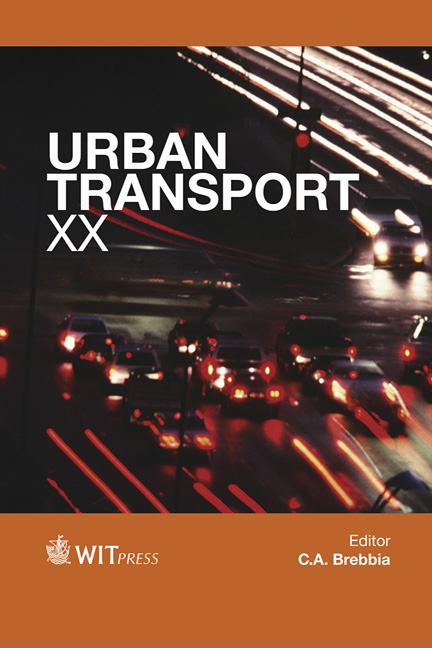Urban Renovation Through The Implementation Of A High-speed Railway Station
Price
Free (open access)
Transaction
Volume
138
Pages
11
Published
2014
Size
939 kb
Paper DOI
10.2495/UT140531
Copyright
WIT Press
Author(s)
C. Mota & M. A. López
Abstract
This paper contains certain considerations on a high-speed railway (HSR) station’s area and its surroundings, as well as its reasons and effects thereof. The complexity and wide range of possible scenarios require a more specific context pertaining to medium-sized cities and a specific location of the station in those cities, i.e., the city centre. The consulted bibliography includes many studies that focus on the analysis of the economic and territorial impacts of HSR, but just a few pay reference to what is going on in the station’s surroundings, to the strategies and the results thereof. Nevertheless, the HSR experience in Europe has been the engine of many changes: for instance, in the early 90s, the Renaissance der Bahnhöfe phenomenon that emerged in Germany and took advantage of the new railway’s service features in terms of speed, comfort, safety and advanced technical features for its repositioning, opened Europe to new activities, as well as to the presence of new means to transmit information, to the location of conference centres and to the opportunity to introduce or link several leisure activities. From the analysis based on the fieldwork carried out in certain stations in Germany, as well as from the study of their accessibility level, German cases are compared to other examples in Europe, especially to examples in a country in which HSR was implemented at the same time – Spain. It can be concluded that evidently there are material differences in the ways to approach the revitalisation of stations and the urban surroundings thereof in order to take advantage of the building’s renovation project and the reorganisation of the railway environment as an important engine of urban renovation.
Keywords
high speed rail impacts, station area development, transit oriented design, urban design, urban regeneration, station area regeneration, high-speed rail (HSR) station.





